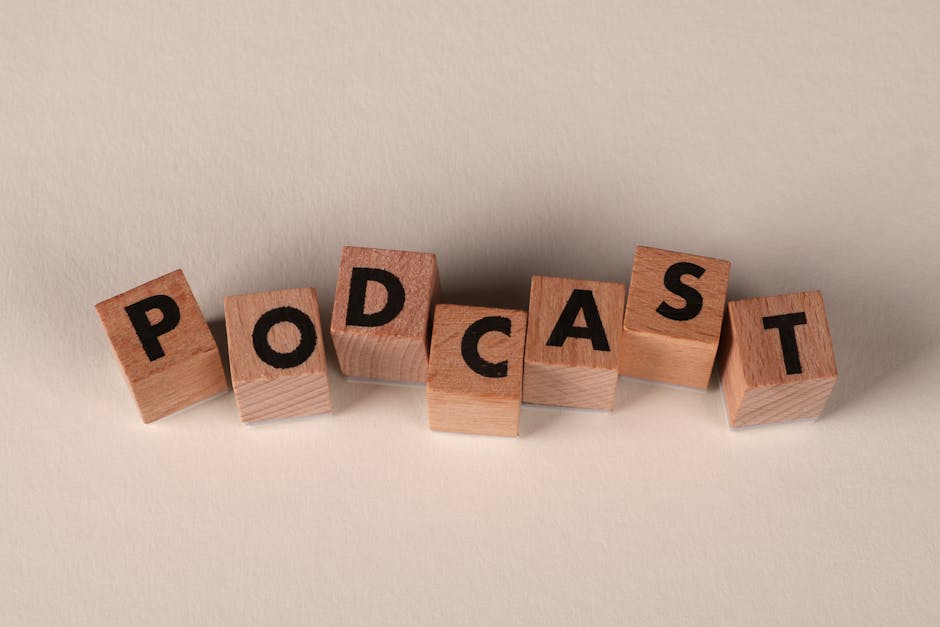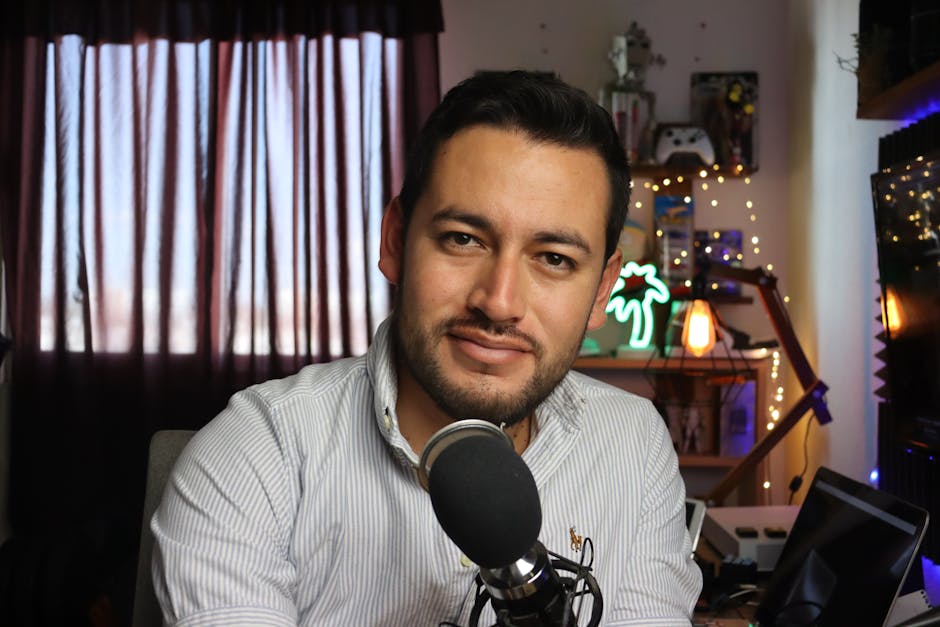My Review of Podcast Patrons and Membership Platforms (patreon).
My Review of Podcast Patrons and Membership Platforms (Patreon)
As a podcaster, the journey from hobby to sustainable passion often leads down a path paved with listener support. For years, I’d heard whispers and success stories about membership platforms, particularly Patreon, as the holy grail for monetizing content and building a loyal community. After diving headfirst into the world of podcast patrons and setting up my own presence on a leading platform, it’s time to share my unvarnished experience. This isn’t a generic “how-to” guide, but rather my review – a deep dive into the practicalities, the triumphs, and the unexpected challenges of navigating the creator economy through the lens of podcasting on Patreon.
Why My Podcast Needed a Patron Platform: The Initial Spark
Every podcaster eventually faces the sustainability question. For me, it wasn’t just about making money; it was about investing more time and resources into a project I deeply loved. Traditional ad revenue felt transactional and often diluted the listener experience. I wanted a direct relationship with my most engaged audience members, a way for them to directly contribute to the show’s growth and, in return, receive something truly special. This desire for deeper connection and sustainable growth was the initial spark that led me to explore membership platforms.
Patreon, with its ubiquitous presence in the podcasting world, naturally became my primary focus. Its reputation for enabling creators to build recurring revenue streams directly from their fans was highly appealing. The idea of offering exclusive content, early access, and a more intimate community space resonated strongly with my vision for the podcast. It felt less like a donation drive and more like a subscription to an enhanced version of the show, a VIP pass to the inner workings and bonus materials that truly dedicated listeners would appreciate.
Weighing the Alternatives Before Committing to Patreon
Before fully committing to Patreon, I did briefly consider other platforms. Services like Buy Me a Coffee offered a simpler, one-off donation model, which felt less structured than what I was looking for. Substack had emerged as a strong contender for newsletters, but my primary focus was audio content, and while it offered podcasting features, it felt more geared towards written subscriptions. Memberful and Podia offered more robust, standalone membership sites, giving creators more control, but they also came with a steeper learning curve and often higher initial costs, requiring more technical setup. For a podcaster looking for an integrated, relatively easy-to-manage solution with a built-in audience of potential patrons, Patreon still seemed like the most accessible and established choice. Its existing ecosystem meant less work in convincing people what a “patron” was and more focus on what I could offer them.
Navigating the Setup: From Concept to a Live Patreon Page
Setting up my podcast’s Patreon page was an interesting journey, blending excitement with a fair bit of strategic thinking. It wasn’t just about clicking “create page” and adding a profile picture. The core of a successful Patreon lies in clearly articulating your value proposition and structuring your membership tiers effectively. I spent considerable time brainstorming what exclusive content truly meant for my audience. Was it bonus episodes? Ad-free feeds? Q&As? Early access? The challenge was finding a balance between offering enough value to entice patrons without overextending myself or diminishing the quality of my free content.
The interface itself was relatively intuitive. Patreon guides you through setting up your page, describing your podcast, and outlining your goals. Crafting a compelling “About” section that explained why listeners should become patrons was crucial. I emphasized the direct impact their support would have on the podcast’s quality and frequency, turning a transactional ask into an invitation to be part of the show’s future. Integrating my existing social media and podcast feeds was straightforward, ensuring a consistent brand presence across platforms. The initial launch required a good promotional push, letting my existing audience know about this new way to support the show and explaining the benefits clearly.

Crafting Compelling Tiers and Rewards for Podcast Listeners
This was arguably the most critical part of the setup. Patreon’s tier system allows for multiple levels of support, each with its own set of rewards. My approach was to start simple and scale up. I began with three tiers:
- The “Supporter” Tier: A low entry point (e.g., $3/month) offering a simple thank you, early access to episodes, and a shout-out on the show. This was for listeners who wanted to contribute a little and get a small bonus.
- The “Insider” Tier: A mid-range option (e.g., $7/month) including everything from the previous tier, plus exclusive bonus episodes and access to a private Discord channel. This aimed at those seeking deeper engagement and more content.
- The “Executive Producer” Tier: A premium tier (e.g., $20+/month) for the most dedicated fans, offering all previous rewards, plus a personalized thank you note, a chance to suggest episode topics, and sometimes even a co-host credit for a special segment.
The key was to ensure the value increased meaningfully with each tier. I also made sure that the rewards were sustainable for me to deliver consistently. Over-promising and under-delivering is a quick way to lose patrons. I iterated on these tiers based on initial feedback and engagement, always keeping the listener experience at the forefront. The Patreon Official Website offers great resources on tier strategy, which I found quite helpful.
The Daily Rhythm: Engaging with Patrons and Delivering Exclusive Content
Once the page was live and patrons started trickling in, the real work began: consistent engagement and content delivery. This wasn’t a “set it and forget it” system. Maintaining a thriving patron community requires ongoing effort and genuine interaction. For my podcast, this meant a structured approach to releasing exclusive content and actively participating in the community spaces I’d created.
Exclusive bonus episodes became the cornerstone of my higher tiers. I aimed for a monthly schedule, ensuring patrons always had something new to look forward to. These episodes often delved into behind-the-scenes stories, extended discussions from main episodes, or answered patron-submitted questions. The private Discord server, linked seamlessly through Patreon, became a vibrant hub for discussion, where patrons could chat with each other and directly with me. This direct line of communication fostered a strong sense of community and loyalty, making patrons feel truly invested in the show.
Beyond Bonus Episodes: Building a True Community
While exclusive content is a major draw, I quickly realized that community building went beyond just delivering more audio. It was about creating a sense of belonging. I used Patreon’s built-in posting feature for regular updates, polls, and even just casual check-ins. Asking patrons for their opinions on upcoming topics, getting their feedback on recent episodes, or sharing personal anecdotes related to the podcast helped bridge the gap between creator and listener. Live Q&A sessions (sometimes just audio, sometimes video) were also incredibly popular, offering real-time interaction that felt unique and personal. The goal was to make patrons feel like they were part of an exclusive club, not just customers.
The Financial Realities: Fees, Payouts, and Sustainability
Let’s talk money, because that’s a significant aspect of any membership platform review. Patreon operates on a tiered fee structure, taking a percentage of your earnings, typically ranging from 5% to 12% depending on your chosen plan, plus payment processing fees. While this might seem steep to some, it covers the platform’s infrastructure, customer support, and the tools they provide. For me, the convenience of not having to manage payment processing, host exclusive content, or build a membership portal from scratch was worth the cost.
Payment processing fees are an additional layer, usually a small percentage plus a fixed amount per transaction. These vary based on the payment method and location, and are standard across almost all online transactions. Understanding these deductions upfront is crucial for setting realistic income goals. What you see as your gross earnings on Patreon isn’t what lands in your bank account, and it’s important to budget accordingly. I also learned that payouts aren’t instantaneous; there’s usually a processing period before funds are transferred to your linked bank account, often via services like




Post Comment